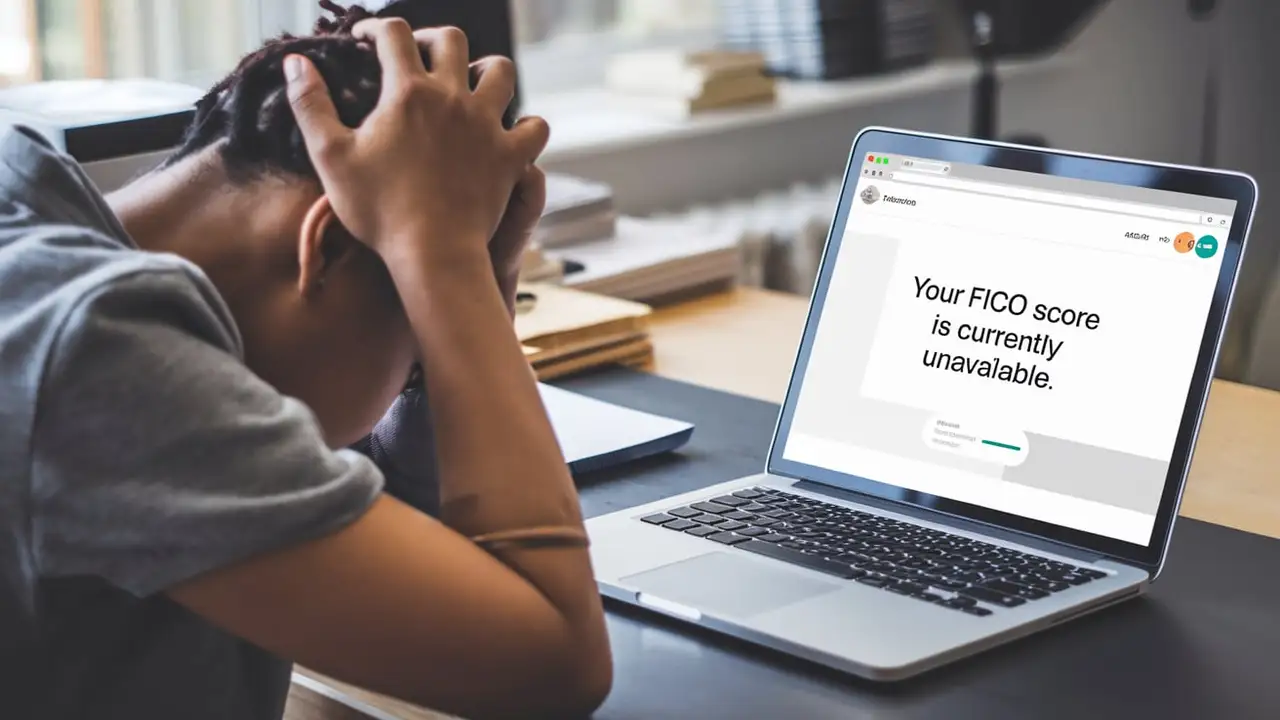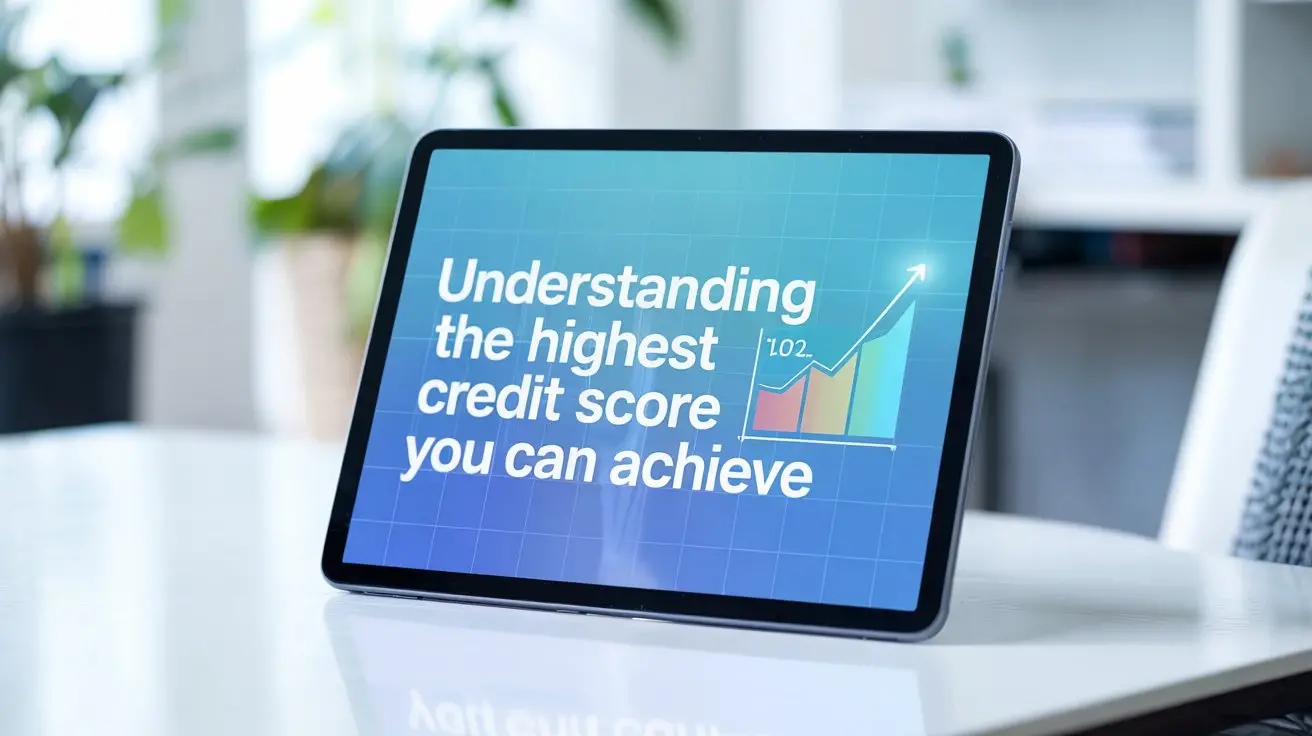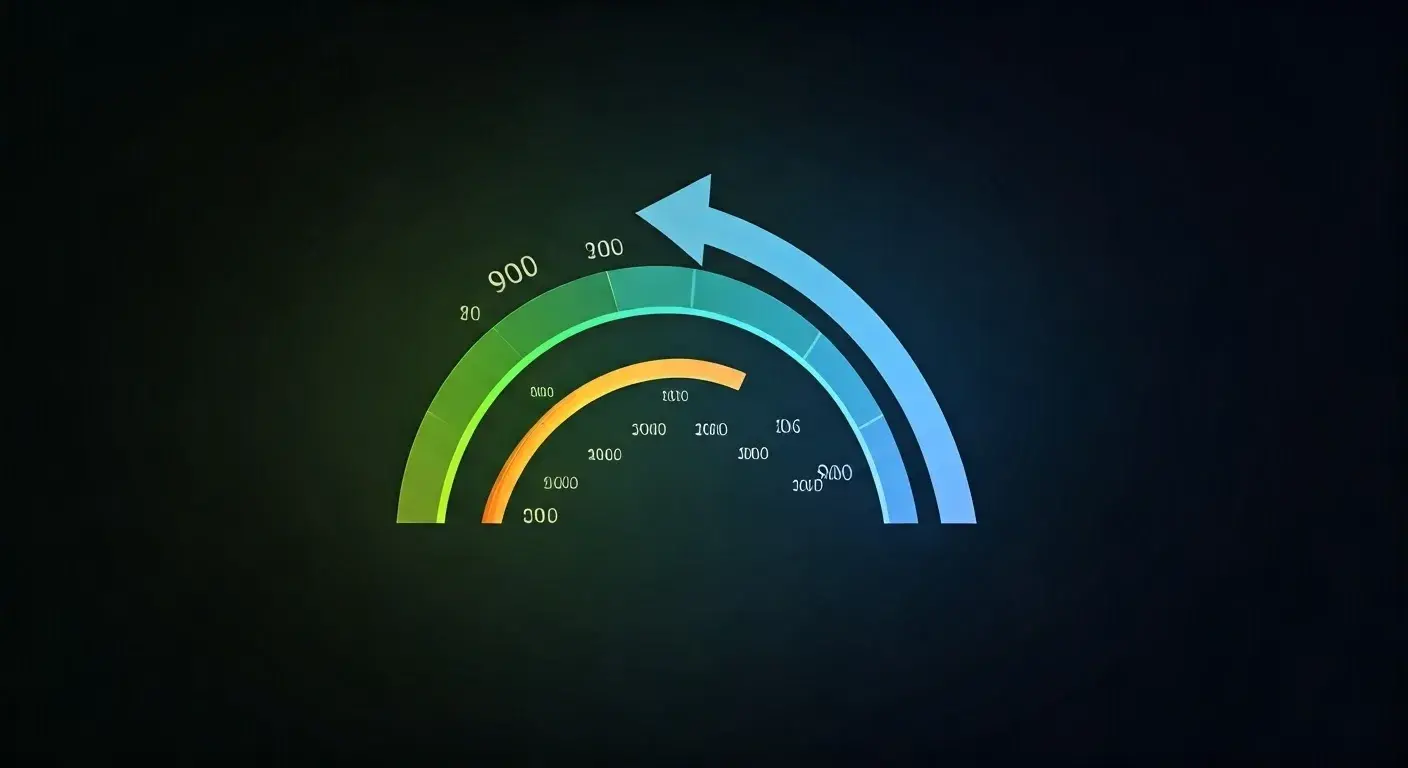-
Posted on: 05 Aug 2024

-
Understanding your FICO score is crucial for managing your financial health. It's a key factor lenders consider when evaluating your creditworthiness for loans, mortgages, and even credit cards. However, many people find themselves in a frustrating situation: they can't access their FICO score. This article delves into the common reasons why you might be unable to view your FICO score and provides actionable steps to resolve these issues.
Understanding the FICO Score
Before diving into the reasons you might not be able to see your score, let's briefly explain what a FICO score is and why it's so important.
FICO scores are credit scores developed by Fair Isaac Corporation. They are used by 90% of top lenders to assess credit risk. FICO scores range from 300 to 850, with higher scores indicating better creditworthiness. Your FICO score is influenced by several factors, including:
- Payment History (35%): Making on-time payments is the most important factor.
- Amounts Owed (30%): The amount of debt you owe relative to your credit limits.
- Length of Credit History (15%): How long you've had credit accounts.
- Credit Mix (10%): The variety of credit accounts you have (e.g., credit cards, loans).
- New Credit (10%): Recent credit applications and new accounts.
Having a good FICO score can save you thousands of dollars in interest payments over the life of a loan and improve your chances of being approved for credit.
Common Reasons Why You Can't See Your FICO Score
Several factors can prevent you from accessing your FICO score. Here's a breakdown of the most common reasons:
1. Payment Issues with Your Credit Monitoring Service
If you subscribe to a credit monitoring service like myFICO or Experian CreditWorks, your access to your FICO score is contingent on your subscription being active and paid for. If your payment method is declined, expired, or if there's an issue with your account, your access will be suspended until the issue is resolved.
Solution: Check your payment method details within your account settings. Ensure your credit card is valid, hasn't expired, and has sufficient funds. Update your payment information if necessary. Contact customer support for assistance if you continue to experience problems.
2. Identity Verification Problems
To protect your credit information from fraud, credit monitoring services and lenders often require you to verify your identity before granting access to your FICO score. This might involve answering security questions, providing personal information, or even submitting documentation like a driver's license or utility bill.
Solution: Carefully follow the instructions provided for identity verification. Double-check the accuracy of the information you provide. If you're asked to submit documents, ensure they are clear, legible, and match the information on file with the credit bureaus. Contact the service provider's customer support if you encounter any difficulties or believe there's an error.
3. Incomplete or Insufficient Credit History
A FICO score is generated based on your credit history. If you're new to credit or have a very limited credit history, you might not have enough information for a FICO score to be calculated. You generally need at least one account that has been open for six months or longer, and at least one account reported to the credit bureaus within the past six months.
Solution: If you're new to credit, consider opening a secured credit card or becoming an authorized user on a responsible credit cardholder's account. These options can help you build a credit history. Ensure the card issuer reports to all three major credit bureaus (Experian, Equifax, and TransUnion).
4. Errors or Inaccuracies in Your Credit Report
Errors on your credit report can affect your FICO score and potentially prevent you from accessing it. For example, if your identity has been mistakenly associated with someone else's credit file, it could lead to discrepancies that trigger security measures and block your access.
Solution: Obtain copies of your credit reports from all three major credit bureaus (Experian, Equifax, and TransUnion) through AnnualCreditReport.com. Carefully review each report for errors, such as incorrect personal information, accounts you don't recognize, or inaccurate payment history. If you find any errors, dispute them with the credit bureau reporting the incorrect information. The credit bureau has 30 days to investigate and resolve the dispute.
5. Technical Issues with the Website or App
Sometimes, the problem might not be with your account or credit history but with the website or app you're using to access your FICO score. Technical glitches, server outages, or software bugs can prevent you from logging in, viewing your score, or accessing certain features.
Solution: Try clearing your browser's cache and cookies, using a different browser, or updating the app to the latest version. If the problem persists, contact the website or app's customer support to report the issue and seek assistance.
6. Account Restrictions or Suspensions
In some cases, your account might be restricted or suspended due to suspicious activity, violation of terms of service, or other reasons. This can prevent you from accessing your FICO score and other account features.
Solution: Contact the customer support of the service you're using to inquire about the reason for the restriction or suspension. Provide any necessary information or documentation to resolve the issue and restore your account access.
7. Fraud or Identity Theft
If you suspect that you've been a victim of fraud or identity theft, it's crucial to take immediate action. Fraudulent activity on your credit report can negatively impact your FICO score and prevent you from accessing it. This is because the system may flag your account due to unusual activity.
Solution: Immediately report the fraud to the Federal Trade Commission (FTC) and file a police report. Contact the credit bureaus to place a fraud alert on your credit file. This will require lenders to take extra steps to verify your identity before opening new accounts in your name. Consider placing a credit freeze on your credit reports to prevent unauthorized access to your credit information. Monitor your credit reports regularly for any suspicious activity.
8. Using the Wrong Credit Bureau
Not all credit scores are the same. The FICO score is a specific type of credit score, and you may be trying to access a different type of score (e.g., a VantageScore) that is not a FICO score. Similarly, you need to ensure you are using the correct credit bureau that provides your FICO score.
Solution: Verify which credit score you are supposed to be viewing. If you are looking for your FICO score, make sure you are using a service like myFICO or a credit card issuer that provides FICO scores. Also, check which credit bureau's data the score is based on (Experian, Equifax, or TransUnion).
9. You Have a Credit Freeze
A credit freeze (also known as a security freeze) restricts access to your credit report, making it difficult for lenders to view your credit history. While this protects you from unauthorized credit applications, it also prevents you from accessing your own FICO score through many services.
Solution: You need to temporarily lift (or "thaw") the credit freeze at each of the credit bureaus (Experian, Equifax, and TransUnion) before you can access your FICO score. You can usually do this online or by phone. Remember to refreeze your credit afterwards.
10. Different Versions of the FICO Score
FICO scores are not static; different versions of the FICO scoring model exist (e.g., FICO 8, FICO 9, FICO 10). The FICO score version provided by one service may be different from the one used by a lender. While this doesn't necessarily prevent you from *seeing* a score, it can cause confusion if the scores differ. Some older versions are less readily available.
Solution: Understand that different FICO score versions exist. While the underlying factors are similar, slight variations in the algorithm can lead to different scores. Focus on the overall trend of your scores rather than getting hung up on minor differences.
Preventive Measures
Proactively managing your credit health can help prevent issues that might block access to your FICO score. Here are some preventive measures you can take:
- Pay your bills on time: Payment history is the most significant factor affecting your FICO score.
- Keep your credit utilization low: Aim to use no more than 30% of your available credit on each credit card.
- Monitor your credit reports regularly: Check for errors and signs of fraud.
- Maintain a mix of credit accounts: Having a variety of credit accounts can demonstrate responsible credit management.
- Avoid opening too many new accounts at once: Applying for multiple credit accounts in a short period can lower your score.
- Keep old accounts open (if possible): A longer credit history can improve your score.
Conclusion
Being unable to access your FICO score can be frustrating, but understanding the potential reasons and knowing how to address them can help you regain access and take control of your financial health. By addressing payment issues, verifying your identity, correcting credit report errors, and proactively managing your credit, you can ensure that you have consistent access to your FICO score and can effectively monitor your creditworthiness.











